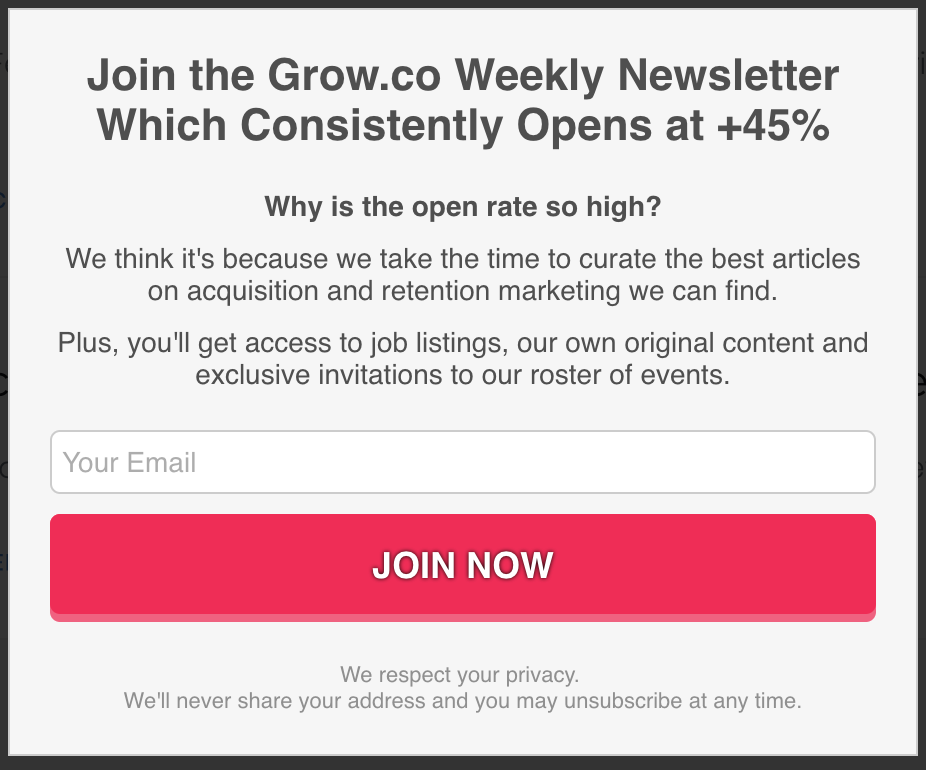Blog
Too Good to Be True
Guess what happens when the reader is reading your sales pitch and encounters something that feels too good to be true? That’s right, it’s an immediate credit card block. But why is that?
The Biological Basis for ‘Too Good to Be True’ Caution
For 190,0000 years humans lived in an unpredictable world. Dangers outnumbered safety so our brains evolved to be overly cautious. Imagine you are part of a hunting tribe. Your people are starving, you haven’t eaten in days. You’ve been scouting and haven’t seen a single animal. This is highly unusual. Then, on a desperate hunting trip, you spot a dead animal. It’s right there. What are the odds? Normally, even if you spot something, you would have the impossible task of bringing it down. Most of the time the animal was smart enough to escape.
Anyway, now you are staring at an uneaten animal. This seems too good to be true. Maybe it is. Maybe this animal was sick. If you eat it, your tribe might get sick and die. Why haven’t the hyenas been gnawing on this carcass? That seems very odd.
So while part of you is deliriously happy, it also seems highly unusual; too good to be true!
What would you do?
Those types of life decisions are much rarer now but our brains have not adapted as quickly as our environment. That self-protective mechanism is still deeply embedded in our operating mechanism. Now we just use it for online shopping decisions.
“We have become so accustomed to hearing everyone claim that his product is the best in the world, or the cheapest, that we take all such statements with a grain of salt.” – Robert Collier
Making the Marketer’s Life Harder
It’s not easy being a marketer. You have to get into the heads of your visitors and see the world as they see it. Feel the things they feel. Ask the questions they ask. When a shopper encounters something that seems too good to be true, they don’t send you an email to ask for an explanation or call customer service to understand exactly how your motor can be 60% more efficient than the competition. It would be awesome if shoppers did that. Do you know what they do? They say, “I call BS and leave for your site forever”. This is why solving this is so important: you’ve already spent a lot of money to get visitors to your site and designed a site to engage them. Don’t lose them at the last step.
Example— Solving Too Good to Be True
We all hate popups. This is a great newsletter signup pitch. It makes a claim (+45% open rate) and backs it up:

Next Steps
Now that Too Good to Be True is clear you need to master the next item in our conversion optimization checklist: Shoppers find expertise sexy.




Comments 2
Hey Rishi
Case in point. I couldn’t even read your argument because I was so put off by your too-good-to-be-true claim that the average shopper sees 4000 ads per day. I know everyone says it but really???? If it’s true (big lump of salt) I’m clearly not average. Even when I was scrolling social media, even when I watch free to air tv, even if I’m actively shopping online for something and you are saying that every product image in a grid counts as an ad, I don’t come anywhere close to that 4000 number. Do you have any info as to how that number got calculated and by what marketing company selling what? I’d be willing to stand corrected.
ReplyRishi Rawat
Hello, Helen. I’ve thought a lot about this 4,000 stat. I know the true number is most likely bloody high. If the metric is “ads people are exposed to” then that means in a 20 walk itself I’m immersed in 500 ads (ad for the local deli, billboards, bus stand chair ad, etc.).
But this number is very high to actually measure. Still, I wish there were a more academic stat that I could use. The one stat everyone seems to parrot is this. It’s not satisfying but it’s all I have: https://www.redcrowmarketing.com/2015/09/10/many-ads-see-one-day/
Reply